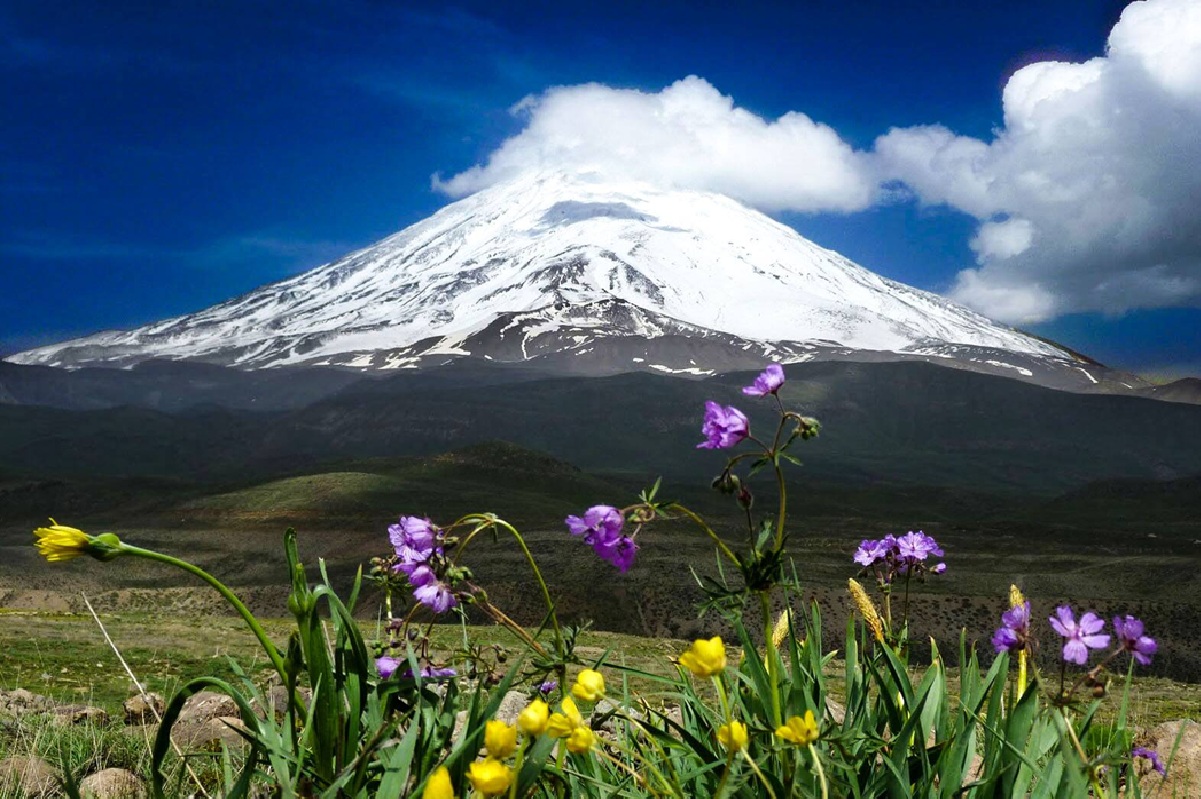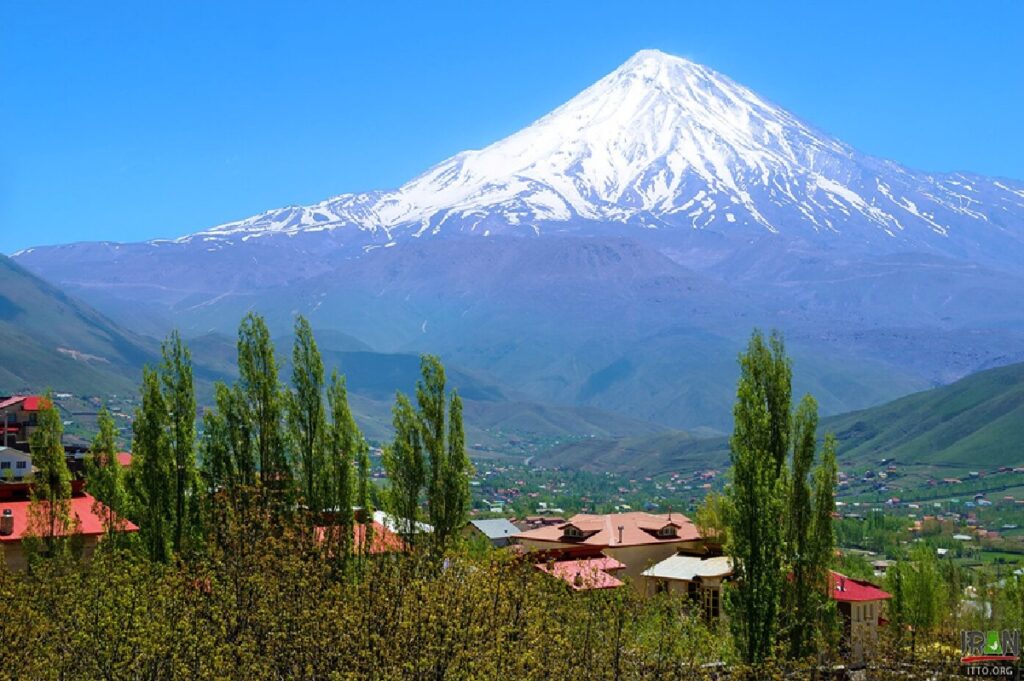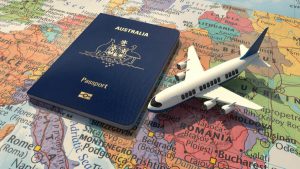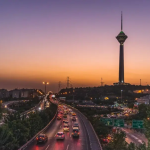Mount Damavand is the tallest mountain in Iran and a highly regarded representation of both natural beauty and cultural significance. Being Asia’s tallest volcano, it attracts explorers from all over the world who want to conquer its slopes. Climbing Damavand is a remarkable but challenging experience that requires planning, physical fitness and appropriate gear. We will offer a thorough guide to successful climbing, covering all the necessary information, routes, gear and tips to guarantee a safe and memorable experience.
Damavand Climbing and Trekking Facts
Damavand is situated in the Alborz Mountain range northeast of Tehran, Iran. It is a prominent stratovolcano that is difficult to climb but doable for those who are fully prepared. Significant challenges arise because of its high altitude and unpredictable weather, especially for individuals who are not experienced in mountaineering. The ascension normally takes 3 to 5 days, depending greatly on the route, the climber’s acclimatization requirements and weather.
The terrain of the mountain ranges from rocky, snow-covered slopes close to the peak to lush valleys at its foot. Above 4,000 meters, the air becomes thinner, causing altitude sickness for the climber. Also, you may encounter sulfur vapors at the peak of Damavand, which shows its volcanic origins. Apart from these difficulties, anyone with basic climbing expertise can ascend the mountain if they plan well.
Climbing Damavand needs permits, and it is strongly advised to climb with a local guide for proper navigation and safety.
The climbing season usually starts from June until September; however, July and August are peak seasons because of the cooler weather. Still, temperatures can fall below freezing and unexpected storms are frequent even in summer.
Read more about Quick Damavand Trekking Tours in 3 Days
How To Climb Mount Damavand in Iran?
Climbing Mount Damavand needs mental resilience, logistical planning and physical preparation. We have provided a detailed guide for you to know how to be prepared for this fantastic adventure:
Physical Conditioning
Try to increase your strength, endurance and stamina to easily manage the challenging terrain and high altitude of Damavand. Be sure to add the following information to your personal training schedule at least 3 to 6 months before the climb.
Strength Training
Workouts such as squats, lunges, planks and step-ups are essential to make your core and legs much stronger. These muscles are important for stability and strength during your experience. Add these moves to your training sessions and do them for 2 to 3 weeks before the climb.
Cardiovascular Training
Do cardio 45 to 60 minutes, 4 to 5 times a week. These activities include trekking, cycling and swimming. These exercises will gradually increase your cardiovascular capacity and help with long trekking periods.
Hill Training
Walk on a treadmill with an inclination or just go on steep routes if you don’t have one. This workout simulates the mountain conditions. While doing this, make sure to put on a weighted backpack to replicate the weight of the load you will be carrying on Damavand. Try to trek for 4 to 6 hours per week to improve your endurance.
Altitude Acclimatization
Acute mountain sickness (AMS) is a serious concern due to Damavand’s high altitude. Reduce this by preparing your body for decreased oxygen levels before the climb:
· Try to stay a few days at elevations higher than 2,500 meters. Tochal and other Alborz peaks are among the places you can visit in Iran.
· An altitude chamber or a hypoxic tent, which replicates high-altitude conditions, can be used for altitude acclimation training.
· Plan for a gradual increase throughout the trek, allowing additional time to acclimate at intermediate camps such as Bargah Sevom at 4,200 meters.
Some Iran Tour Packages include multi-day trekking tours to iconic peaks like Mount Damavand, perfect for nature lovers.
Logistical Planning
Below are logistical things you need to plan before the climb:
Permits and Guides
Get a climbing permit from a licensed tour operator or the Iran Mountaineering Federation. It is important to hire a knowledgeable local guide for navigation, cultural insights and safety.
Travel Plans
Take a plane to Tehran and make travel plans to Polour or Rineh, where most routes actually begin. Many tour companies such as ours provide packages that cover accommodation, guides and transportation.
Medical Checkup
Speak with your physician to make sure you are healthy enough to climb at high altitudes. Talk about any underlying medical issues and altitude sickness medications, like acetazolamide.
Insurance
Get emergency evacuation and climbing coverage while you travel, make sure it covers activities at elevations up to 6,000 meters.
Which is the Best Route for Damavand Climbing?
There are 4 primary routes to keep in mind before climbing Mount Damavand. You can choose the North, South, West and Northeast routes, depending on your skills. Due to its accessibility, great infrastructure and comparatively straightforward trail, the South Route is the most popular and advised route for novice climbers. Always check with your guide to select a route that fits your expertise and fitness level. Here is more information about the South Route:
· Starting Point: Rineh or Polour, which is reachable from Tehran by road.
· Base Camp: Gosfandsara is the base camp located at 3,000 meters.
· Intermediate Camp: Bargah Sevom is located at 4,200 meters of the mountain. This camp is a hub with basic facilities.
· Summit Push: Usually, a 6 to 8 hour climb from Bargah Sevom to the summit, which is at 5,610 meters.
· Climbing duration: It takes 3 to 4 days to conquer Damavand.
· Advantages: easy logistics, noticeable path, shelters at strategic locations and appropriate for beginners with guides.
· Disadvantages: The Possibility of sulfur fumes close to the summit and crowded during peak season.
Alternative Routes
Below are other routes you can go through, but it is advised that novice climbers do not ever try to use these routes:
· North Route: This route is more challenging, involving glacier travel and has fewer amenities. It is ideal for seasoned climbers.
· Northeast Route: This route is challenging as well and remote, which calls for advanced navigation and camping equipment.
· West Route: This is a less-traveled and moderately challenging route that offers stunning views but a longer approach.
Read information about Damavand Trekking Tour in 5 Days
Important Tips for Climbing Damavand
Keep in mind the following tips to have a safe and successful climbing experience:
· Weather Monitoring: Check forecasts frequently because Damavand’s weather may change quickly. Be ready to postpone if things get worse.
· Start Early: Starting your summit push before sunrise is a great way to avoid storms in the afternoon and ensure that there is enough daylight for the descent.
· Respect the Environment: Adhere to local laws and customs by packing out trash and not littering.
· Be Hydrated and Eat Properly: To maintain health and endurance, drink three to four liters of water daily and eat high-energy snacks like energy bars, nuts and dried fruits.
· Acknowledge the Altitude Sickness: Know the signs of AMS (nausea, dizziness and headache) and get back down if they get worse. Take your prescribed medication with you as well.
· Be Ready for Emergencies: Cell coverage is unreliable at higher elevations, so keep an emergency beacon or satellite phone with you. Tell your family and friends about your itinerary beforehand.
· Train with Your Equipment: Be sure to test your boots, trekking poles and backpack to guarantee familiarity and comfort.
· Pace Yourself: While climbing, keep a steady, moderate pace to save energy and lower your chance of fatigue.
Essential Gear List for Climbing Mt. Damavand
You need to know how to prepare for climbing Damavand Mountain. The proper equipment is necessary if you are seeking a successful ascent. Make sure to spend money on gloves, a waterproof jacket, warm clothes and good climbing boots. If you want to camp on the mountain, make sure to bring a tent, a backpack and a sleeping bag.
On Damavand, having the appropriate gear is quite essential for both comfort and safety. Here is a thorough list of necessities provided below:
Clothing
Base layers: Moisture-wicking thermal shirts and bottoms to promote warmth.
Insulation Layers: A down puffy or fleece jacket for colder weather temperatures.
Outer Layer: Windproof and waterproof pants and jacket, such as Gore-Tex.
Accessories: Warm gloves, hat, ski mask and an extra pair of socks.
Footwear
Hiking Boots: The boots should be water-resistant, sturdy and have ankle support. They should also be broken in to avoid blisters.
Camp Shoes: Wear slippers or lightweight sandals during base camp
Gaiters: These are useful to protect boots from debris and snow.
Trekking Gear
Backpack: It’s important to have a 40 to 50-liter backpack with rain cover.
Trekking Poles: Buy poles for joint support and stability.
Tent: You need a lightweight, 4-season tent if camping outside.
Sleeping Bag: The sleeping bag should withstand temperatures of -10 °C or below when camping in high altitudes.
Sun and Weather Protection
Hat: Wear a cap or wide-brimmed hat to protect your head, face and neck from the sun.
Sunglasses: Bring UV-blocking sunglasses with side shields to reduce glare at high altitudes.
Lip Balm: Put on a lip balm on your lips to avoid chapping.
Sunscreen: Dab some SPF 50+ sunscreen on your skin to protect it from the sun.
Nutrition and Hydration
Water bottles or bladders: Bring 2 to 4 liters of water with you with insulation to avoid freezing.
Food: Bring along some high-energy snacks like nuts, chocolate and energy bars or even freeze-dried meals.
Water Purification: This can be done by using special tablets or a filter to refill from streams.
Navigation and Safety
First-Aid Kit: Pack bandages, altitude medication, painkillers and antiseptic wipes.
Emergency Gear: These include a satellite communicator, whistle, emergency blanket and multi-tool.
Compass and Map: This is useful for navigation, particularly on less-traveled paths.
Headlamp: Bring a headlamp equipped with spare batteries for late descents or early starts.
Miscellaneous
Personal Belongings: Personal items include a small journal, permits, cash, a camera and a passport.
Trash Bags: This is necessary to pack up all the rubbish and waste.
Toiletries: Pack a toothbrush, small towel and biodegradable soap.
Also read : Damavand climbing with children
Final Words
Ascending Mount Damavand is an exciting experience for everyone that requires careful planning and consideration for the challenges one may face while climbing. You may improve your chances of a successful and safe climb by concentrating on mental and physical preparation, bringing the right gear, picking the right path and acclimating to high elevations.
Before the climb, be sure to obtain permits, hire a guide and prepare emergency plans for a much smoother experience. You too have the ability to conquer Damavand and make lifelong memories if you are prepared.





















